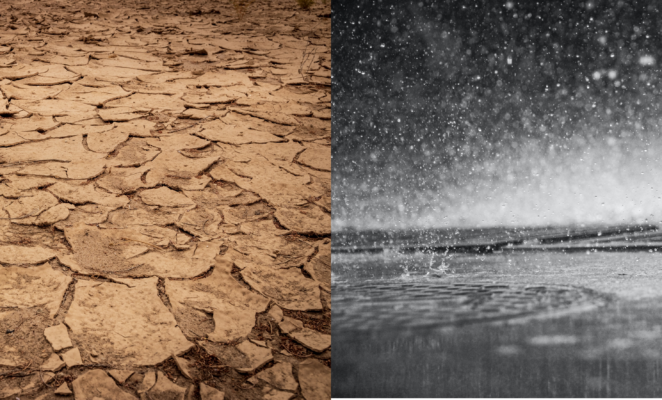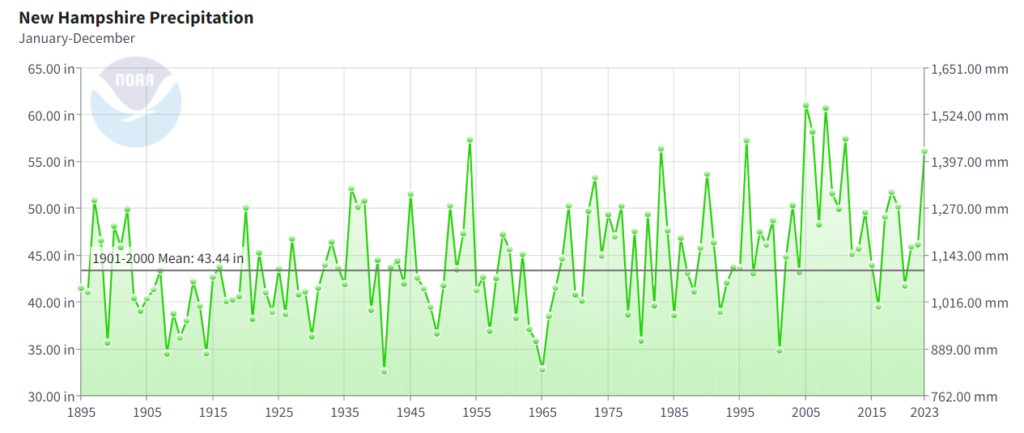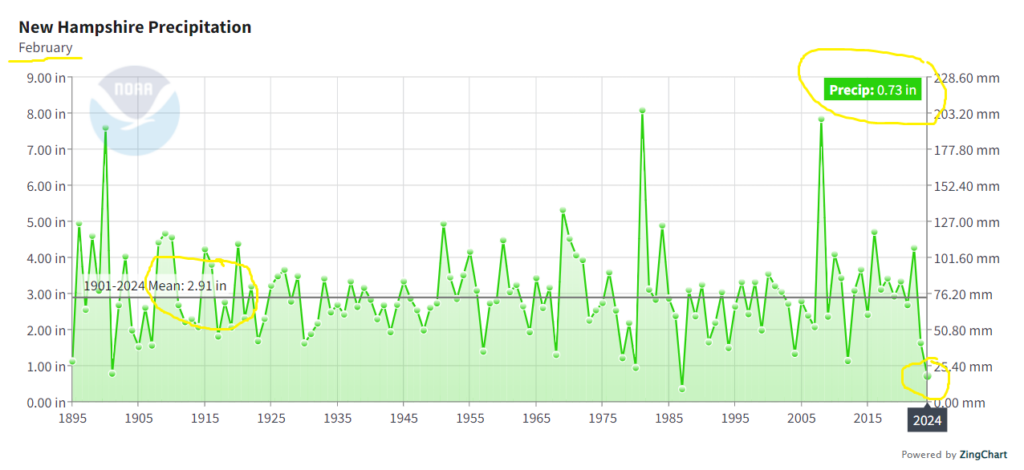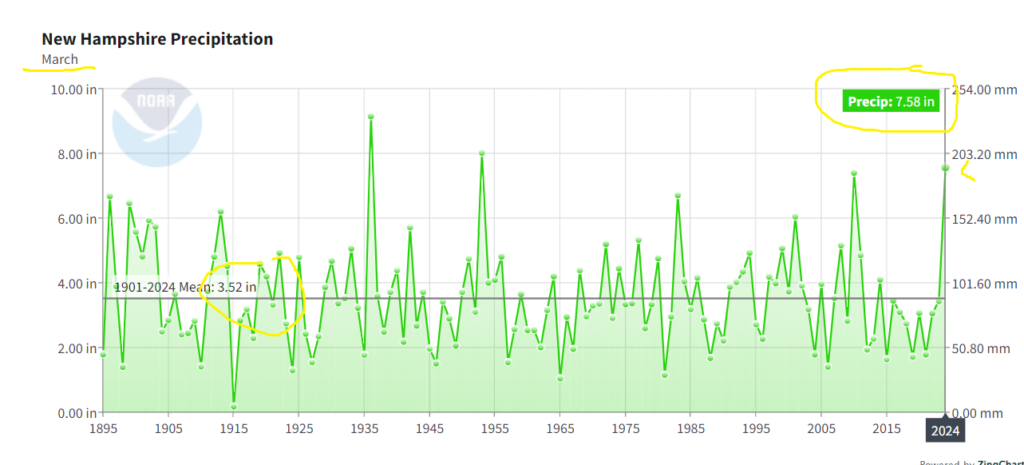Water, water everywhere, but get ready for odd, even watering bans. Yes, spring has sprung like a stripper from a giant cake as the whores in government line up to spring regulatory speed bumps at our summertime fun. Will water bans be part of it? Is the Pope a Marxist?
Damn straight (that’s so bigoted!), there will be bans. We’ve had odd, even watering in my town for so long that I can’t remember when we didn’t. Last year, amidst near-record precipitation, the signs were still up, and I think I know why. For the previous decade that we’d had them, it was wetter than usual but not wet enough (is it ever?). Since then, we’ve added thousands of additional “apartments,” each with faucets and toilets and showers used by people who are paying too much for rent because they can’t afford to pay too much for one of those racist single-family homes.
That’s a developer scam. The sums they get for rent are not far from what you might pay for a mortgage. Rent at $2700 a month is more than you’d need for a 30-year mortgage at 5% with 10K down over 30 years. But I digress.
I can’t speak for everyone, but New Hampshire has been in a decades-long wet period that you can clearly identify by the years of corporate media drought reporting. How much more? The 100-year mean from 1901 to 1999 is 43.44 inches annually. The mean for the past 50 years (1973-2023) is 47.35 inches annually. Since 2000, the annual mean is 48.97 inches.
Something up, if you take my meaning.
Post-Ice Age warming has resulted in a generous increase in available water for Granite Staters, at least on the averages, but the reporting is a bit less measured. We’re either drowning or droughting because clicks are more important than facts. And given the facts, as present by NOAA of all places, issues with water management seem more likely the culprit than the absence or presence of rainfall in any given month.
There is enough for mosquitoes to breed but no outside watering for you on odd or even numbered days, depending on the numerals in your street address.
To be fair, I can’t recall anyone enforcing the ban even as you drive by homes in the morning, irrigation systems watering luscious green lawns on the wrong days of the week. I’ve not taken a survey, but it seems more like an affectation. Virtue signaling. Look, we put up signs that say odd-even watering in effect, but it really means, isn’t it odd how evenly watered some of these lawns are?
That does not mean they would not choose to make an example of someone in the same way the FBI engages in entrapment as policy. No crimes to investigate? Why don’t we encourage someone to commit one and then brag about how we caught them?
If the fines go to the water district, that’s exactly what this looks like, but until then, we live with clown-car edicts about the lack of water despite years of record rainfall. 2023 saw 56.19 inches, which is a lot but not a record. 1954 was wetter, as were 1996, 2005, 2006, 2008, and 2010. We’ve had above-average years 17 of the past twenty, and 2024 has begun looking to keep the trend.
February was way below average, coming in at 0.73 inches against a mean of 2.91, but January saw 5.46″ (mean at 3.24), while March dumped four inches above the norm of 7.58″ compared to 3.52.
April typically sees 3.64 inches but has been at or above average for seven consecutive years, following five years with below-average totals. May 2023 was just above average, followed by a very wet June and July. In other words, there’s no way to know. The Farmers Almanac says a sultry and soggy New England this year, while NOAA – not much better of a predictor, says above average temps and precipitation across most of New England (they agree this year!).
If you like to bet the NOAA line on hurricane predictions, an easy way to lose money, they’ve got another best guess for 2024: 23 storms, 11 of which will become hurricanes and five of which will reach Category 3 status or stronger. Stories of a warm Atlantic suggest this could be closer than in recent years, in which NOAA has blown the call by a wide margin in one form or another. Two years ago, not even close. Last year, total storms were good, but few made landfall, and NOAA had guessed there’d be more.
The reality is they have no clue what the weather is going to be like in a few days, so months, years, or decades are, at best, guesses – a well poisoned by politics and climate cult narratives. It’s not so much science and faith, but there are resources out there that stick to the data and trends based on past years. Weatherbell analytics, for example – and they say we’re kind of screwed on Hurricanes this year.
Basin Forecast
Names Storms 25-30
Hurricanes 14-16
Major Hurricanes 6-8
Impact Forecast
Named storm Impacts 10-14
Hurricane Impacts 5-8
Major Hurricane Impacts 3-5
And hurricanes that come close or make landfall mean more rain up the Atlantic coast.
All we can do now is wait.




